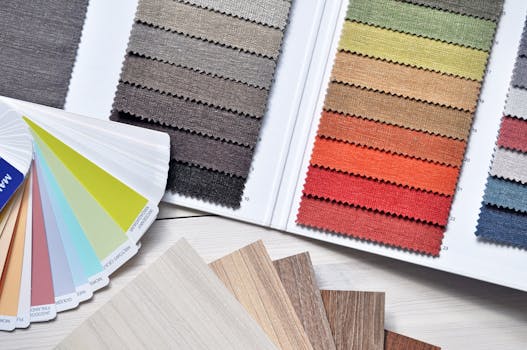Choosing the Right Materials for Your Outdoor Furniture
When it comes to outdoor furniture, selecting the right materials is crucial for ensuring durability, comfort, and aesthetic appeal. The choice of materials not only affects the longevity of your furniture but also its ability to withstand various climatic conditions. This article will guide you through the essential factors to consider when choosing outdoor furniture materials, taking into account your local climate and personal lifestyle.
Understanding Climate Considerations
The climate in your area plays a significant role in determining the best materials for your outdoor furniture. Different materials react differently to environmental factors such as moisture, temperature fluctuations, and UV exposure. Here are some common climates and suitable materials:
- Humid Climates: In areas with high humidity, such as coastal regions, materials like teak and eucalyptus are ideal. These woods are naturally resistant to moisture and decay.
- Dry Climates: For arid regions, aluminum and synthetic wicker are excellent choices. They do not absorb moisture and are less likely to warp or crack.
- Cold Climates: In colder areas, consider materials like metal or treated wood that can withstand freezing temperatures without damage.
- Sunny Climates: UV-resistant materials such as high-density polyethylene (HDPE) and powder-coated metals are essential to prevent fading and deterioration.
Evaluating Your Lifestyle
Your lifestyle also influences the type of outdoor furniture materials you should choose. Consider the following factors:
- Usage Frequency: If you frequently entertain guests or spend a lot of time outdoors, opt for durable materials like aluminum or teak that can withstand regular use.
- Maintenance Level: If you prefer low-maintenance options, synthetic materials like resin wicker or aluminum are easy to clean and require minimal upkeep.
- Children and Pets: For families with children or pets, consider materials that are scratch-resistant and easy to clean, such as metal or synthetic wicker.
- Style Preferences: Your aesthetic preferences should also guide your material choice. For a modern look, consider sleek metal designs, while traditional styles may benefit from classic wood finishes.
Popular Outdoor Furniture Materials
Here’s a closer look at some of the most popular materials used in outdoor furniture, along with their pros and cons:
Wood
Wood is a classic choice for outdoor furniture, offering natural beauty and warmth. However, not all woods are created equal.
- Teak: Highly durable and resistant to moisture, making it ideal for humid climates.
- Cedar: Naturally resistant to insects and decay, but may require regular sealing.
- Pressure-Treated Pine: Affordable but requires maintenance to prevent rot and warping.
Metal
Metal furniture is known for its strength and longevity. Common options include:
- Aluminum: Lightweight, rust-resistant, and available in various styles.
- Steel: Extremely durable but may rust if not properly coated.
Synthetic Materials
Synthetic materials have gained popularity due to their versatility and low maintenance:
- Resin Wicker: Offers the look of traditional wicker but is weather-resistant and easy to clean.
- HDPE: A type of recycled plastic that is UV-resistant and highly durable.
Case Studies and Statistics
According to a survey conducted by the American Home Furnishings Alliance, 70% of homeowners reported that they prioritize durability when selecting outdoor furniture. Additionally, a study by the National Association of Home Builders found that homes with well-designed outdoor spaces can increase property value by up to 20%.
For instance, a family in Florida opted for teak furniture for their patio, which has withstood the test of time and weather, requiring only occasional oiling. In contrast, a homeowner in Arizona chose aluminum furniture, which has remained rust-free and easy to maintain despite the harsh sun.
Conclusion
Choosing the right materials for your outdoor furniture is a decision that should be made with careful consideration of both climate and lifestyle. By understanding the environmental factors at play and evaluating your personal needs, you can select materials that not only enhance the beauty of your outdoor space but also ensure longevity and comfort. Whether you prefer the classic appeal of wood, the durability of metal, or the low-maintenance benefits of synthetic materials, making an informed choice will lead to a satisfying outdoor experience for years to come.
